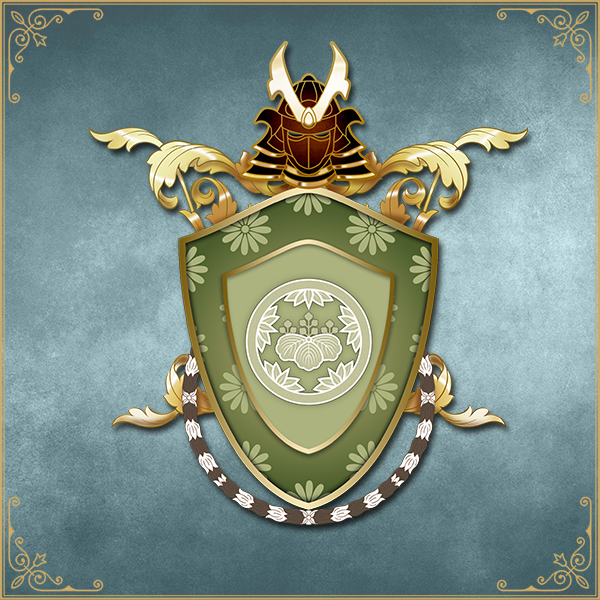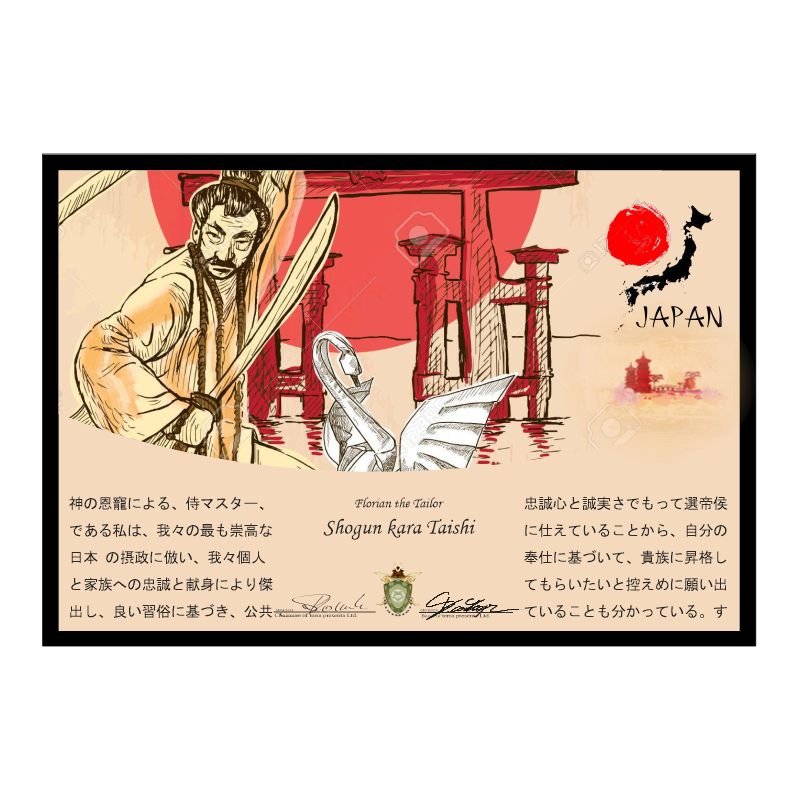Description
Shogun
Shōgun, roughly meaning “barbarian-subduing great general” or “generalissimo,” was a Japanese military title for leaders from the warrior nobility of the samurai from the 12th century until 1867. Originally, a Shōgun was roughly equivalent to a European duke and was appointed temporarily in emergencies to fight the Emishi with special powers. Minamoto Yoritomo succeeded in having this title made hereditary by the Emperor in 1192 after the end of the Heian period.
The Shogunate initially referred only to the Shōgun’s household, but later it also came to mean the administrative apparatus of the Shōgun. In Japanese, it referred to itself as kōgi (literally “public affairs,” meaning “central government”); from the 19th century, to distinguish it from the increasingly sovereign imperial court, it was called bakufu (literally “tent government,” meaning “military government”). The bakufu remained the dominant political center of the country until it was abolished along with the feudal state during the Meiji Restoration in 1868, following the defeat of the Tokugawa Shogunate in the Boshin War.



Reviews
There are no reviews yet.